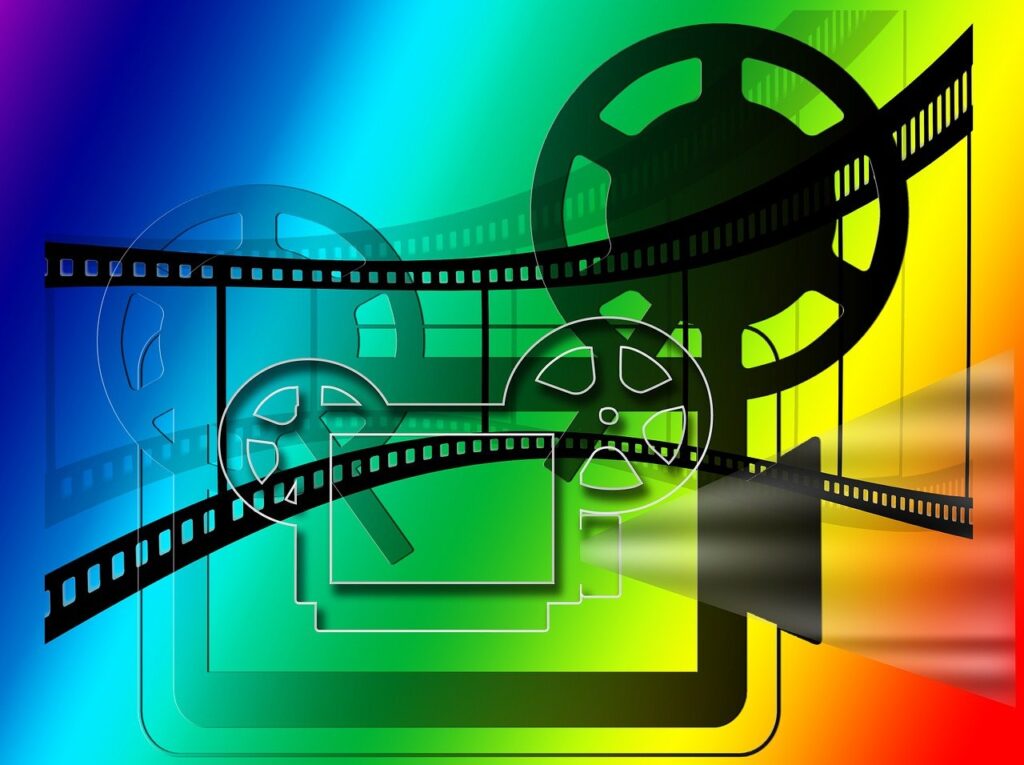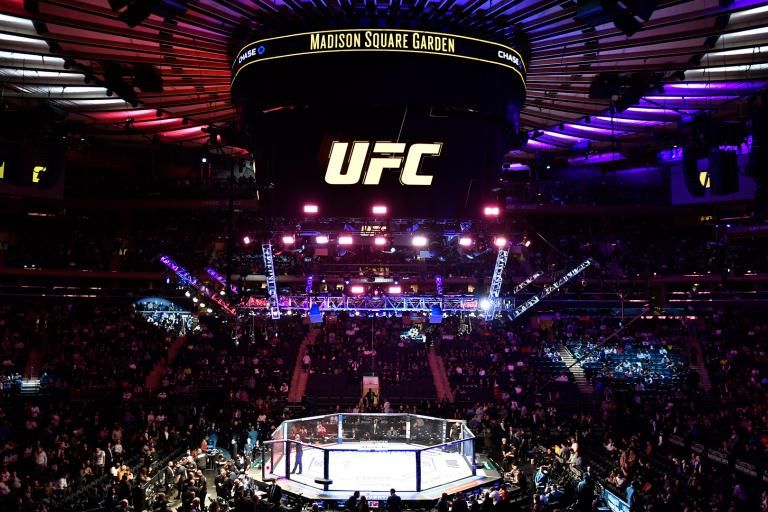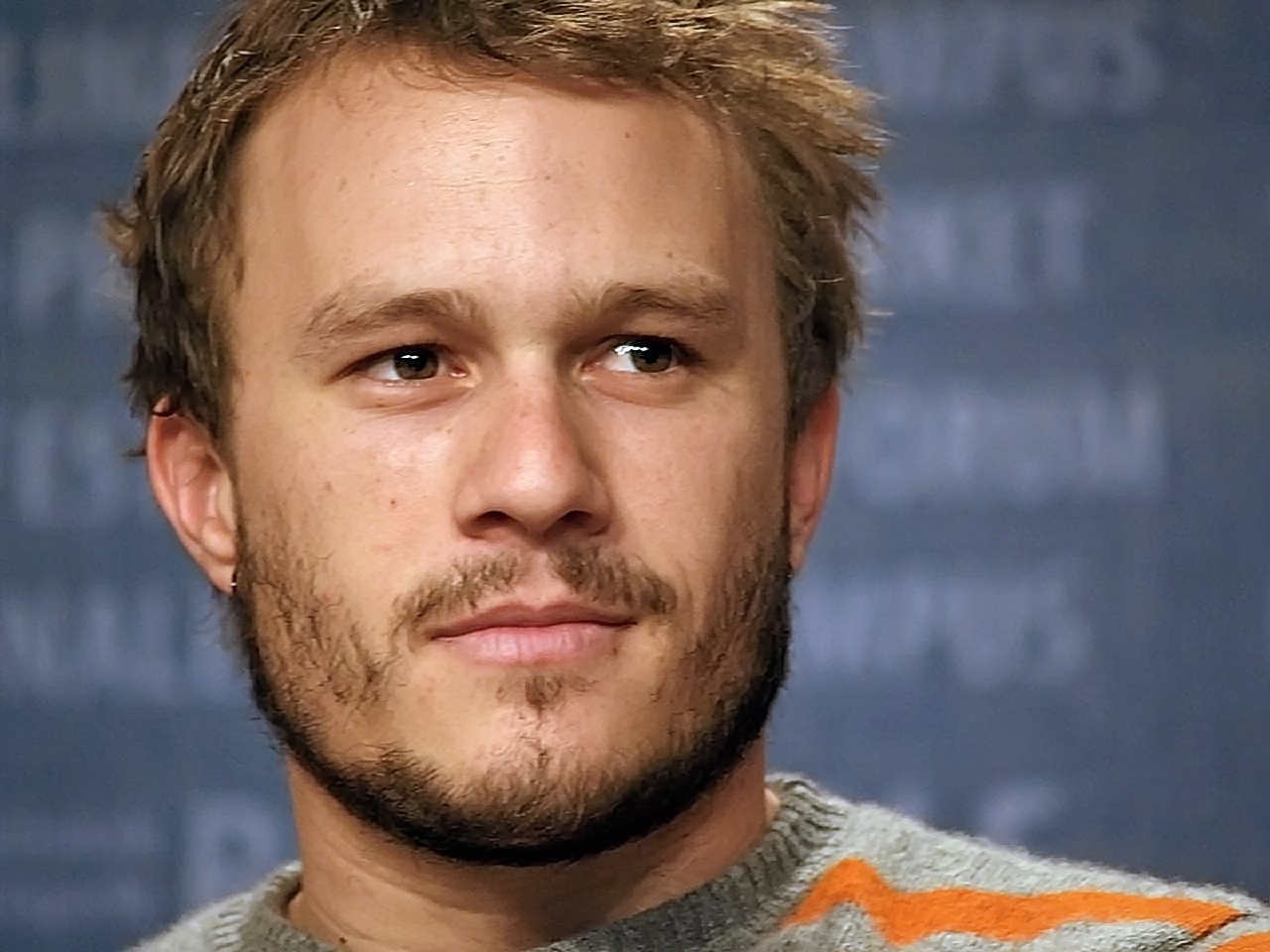Let’s be real, the ’80s were totally wild. We’re talking big hair, even bigger shoulder pads, neon everything, and enough power anthems to fuel a thousand montage sequences. It was a decade where ‘waking up before you go-go’ was a legitimate life philosophy, and if you weren’t moonwalking to ‘Thriller,’ what were you even doing? The movies? Oh, they were an absolute vibe. From the ‘Totally Radical’ teenagers mastering ‘Wax On, Wax Off’ to the larger-than-life Hollywood Action Heroes, the ’80s delivered a cinematic punch that still resonates today.
But here’s the thing: while we love a good dose of ’80s nostalgia, and it’s currently experiencing a forty-year lag of affection in Fictionland, let’s take a moment to look at some of its less-than-timeless elements. Specifically, we’re talking about the bad guys. The villains of the ’80s were iconic, sure, embodying the decade’s unique blend of excess, fear, and sometimes, a shocking lack of self-awareness by today’s standards.
Because let’s face it, society has done a whole lot of evolving since the days of brick-sized cell phones and VCR programming woes. What once played as menacing, mysterious, or even just ‘part of the plot’ would now send social media into an absolute frenzy. We’re talking instant call-outs, think pieces, and a one-way ticket to the cancelation station. So, grab your scrunchie, dim the lights, and prepare for a blast from the past as we reveal some ’80s movie villains whose problematic tropes would get them utterly canceled today.

1. **The Aggressive Drug Dealer**If you watched ’80s movies, you know the type: the shadowy figure in the alley, the kingpin running a city-wide operation, or the menacing pusher lurking on street corners. The ’80s was the decade when “Crack cocaine and heroin caught on big,” and with them, the “Aggressive Drug Dealer” became a prevalent and easily identifiable villain archetype. This trope was solidified as a central figure in the “Just Say No” movement, framing these characters as pure evil, solely responsible for societal ills.
However, in today’s more nuanced world, this one-dimensional portrayal would face serious scrutiny. Modern audiences are increasingly aware of the complex socio-economic factors that contribute to drug use and dealing. The ’80s saw “turf wars between dealers and gangs decimated many black neighborhoods in big cities,” a harsh reality that was often simplified for cinematic purposes.
Furthermore, the “beginning of the (currently ongoing) War on Drugs resulted in skyrocketing incarceration rates, hundreds of thousands of people ending up behind bars for nonviolent offenses.” While drug dealing is still illegal and harmful, a villain solely demonized as an “Aggressive Drug Dealer” without any broader context or exploration of systemic issues would be seen as lacking depth and potentially perpetuating harmful stereotypes, particularly given the disproportionate impact of drug policies on marginalized communities. Today, the conversation has shifted towards addiction as a public health crisis, making a purely punitive and simplistic villain a hard sell.
Read more about: Duke Cunningham, 83, Dies: Tracing the Complex Legacy of a Vietnam War Hero and Convicted Congressman
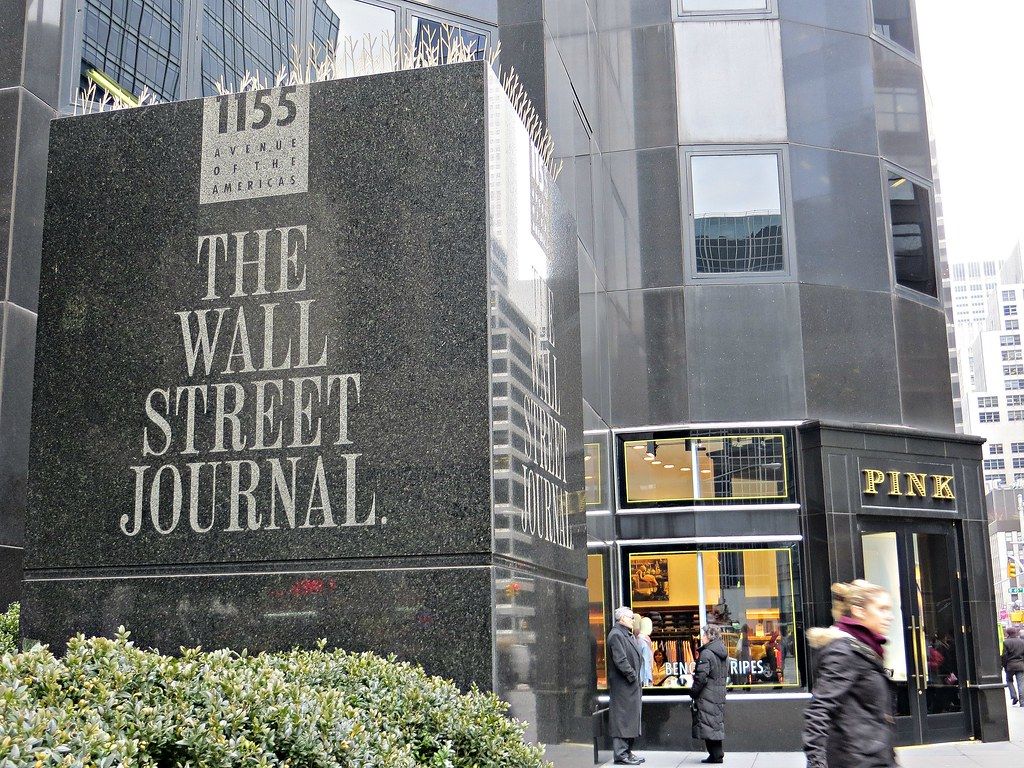
2. **The Corrupt Corporate Executive**The ’80s were all about excess, power suits, and making bank on Wall Street. As Oscar Wilde famously quipped, “nothing says success like excess.” This era also gave us the iconic “Corrupt Corporate Executive,” an “enduring image of this time” thanks to films like *Wall Street*. These villains embodied the cutthroat capitalism and “Conspicuous Consumption” that defined the decade, where “it was cool to spend big, with malls taking off and making shopping a recreational activity.”
These characters, often clad in their crisp pastel suits and narrow ties, drove sports cars and traded stocks, symbolizing the era’s economic climate, including “Ronald Reagan’s reforms and the Black Monday crash of 1987.” While corporate greed is still a fertile ground for villainy, the ’80s version often celebrated the audaciousness of their schemes, even as it condemned their ethics.
Today, a villain whose sole motivation is purely self-serving financial gain without deeper societal implications might be seen as a bit… basic. Modern audiences expect more. They’re more attuned to discussions around ethical business practices, environmental responsibility, and the widening chasm of “socio-economic inequalities” that “started growing again” during the ’80s. A purely greedy executive might be canceled not just for their crimes, but for the shallow portrayal of their impact on the real world, and a failure to acknowledge the complexities of corporate power dynamics beyond simple avarice.
Read more about: The Dragon’s Ascent: Unpacking China’s Modern Military and Expanding Global Reach by 2025
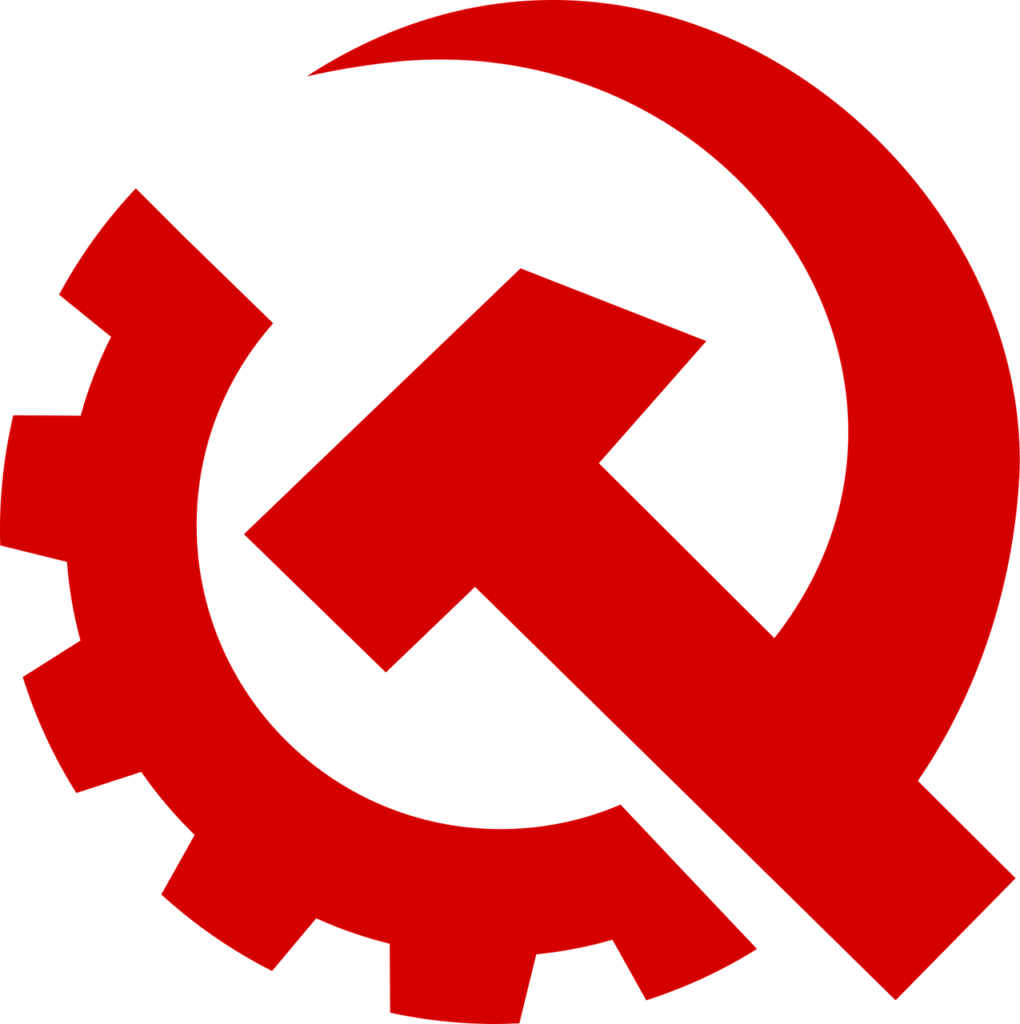
3. **Dirty Communists**Oh, the Cold War! For much of the ’80s, “tensions between the United States and the Soviet Union were at an all-time high, with the fear of nuclear war being on everyone’s minds for the first half of the decade.” This geopolitical climate birthed the quintessential “Dirty Communists” as antagonists in ’80s cinema. The context notes that “Communists, if not the Soviets themselves, were common enemy archetypes in media during this time,” often depicted with a heavy dose of paranoia and jingoism.
This trope was fueled by real-world events, such as “the Soviet Union launched a full-scale invasion of Afghanistan” and the subsequent “US led a boycott of the 1980 Summer Olympics in Moscow to protest the Soviet Invasion of Afghanistan.” Villains from the Eastern Bloc were almost universally portrayed as unfeeling, manipulative, and a direct threat to the Western way of life, with “anti-communist fighters, such as the Afghan mujahideen or the Nicaraguan Contras, were commonly romanticized by the press.” The nuance of a complex political landscape was often sacrificed for clear-cut good-vs-evil narratives.
However, in today’s world, a simplistic “Dirty Communist” villain would likely face a massive backlash. Modern audiences, with a greater emphasis on cultural sensitivity and a more global perspective, would likely view such a portrayal as xenophobic and nationalistic. The idea of demonizing an entire political ideology or nation without exploring individual characters beyond a caricature would be seen as lazy and problematic. Such a villain would be swiftly canceled for promoting outdated, reductive, and potentially harmful stereotypes, ignoring the diversity and complexities within these societies.

4. **Villains with Anti-LGBT Bigotry (AIDS Stigma)**The ’80s unfortunately brought with it a tragic new problem: “the spread of AIDS, which created a public health panic.” This public health crisis had a devastating impact, particularly dealing “first a body blow to the gay community, with anti-gay people treating them as modern lepers.” This fear and misunderstanding led to horrific stigma and discrimination, often reflected in media narratives and, implicitly, in villainous actions or attitudes.
The context highlights that “in the U.S., the initial stigma of AIDS as a ‘gay disease’ contributed to unfair ostracization of its victims and LGBT people in general.” While direct villains solely defined by anti-LGBT bigotry related to AIDS might not have been explicitly labeled, characters who exploited this fear, perpetuated misinformation, or actively harmed or discriminated against LGBTQ+ individuals based on this stigma, certainly existed.
Today, such a character would be immediately and utterly canceled. The massive strides made in LGBTQ+ rights and acceptance mean that open anti-LGBT bigotry, especially when tied to a public health crisis like AIDS, is widely condemned as hate speech. Any villain whose actions or motivations stemmed from this kind of prejudice would not only be seen as reprehensible but would also trigger widespread outrage for their historical insensitivity and harmful stereotypes, facing immediate calls for their removal from any modern narrative. The context also notes how the epidemic “paradoxically later proved a partial blessing in disguise for gay rights” by forcing public realization, underscoring the shift in societal views.
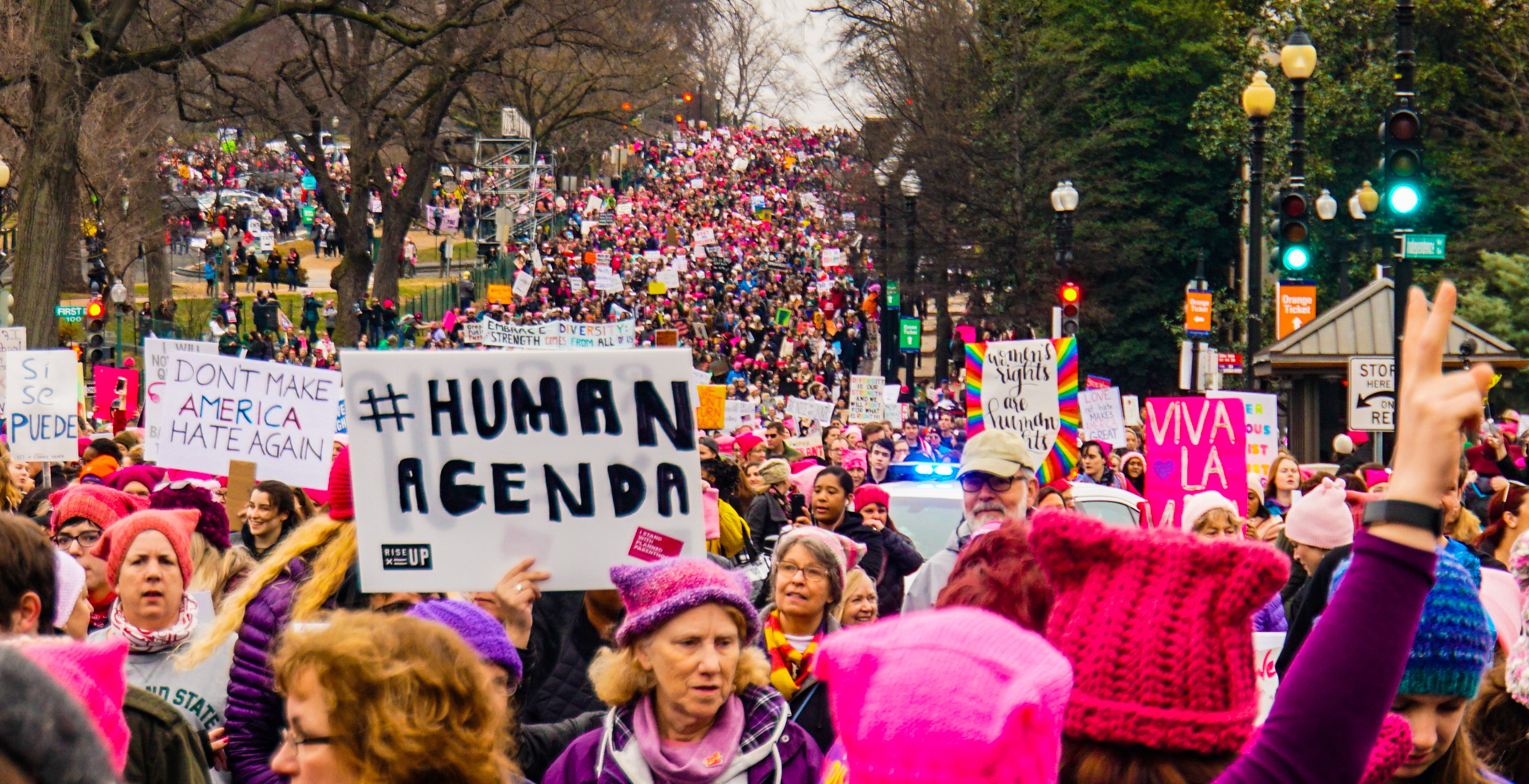
5. **Perpetrators of the “Double Standard: Rape, Female on Male” Trope**Now, this is one that would absolutely, unequivocally, trigger a firestorm of immediate cancelation. The context explicitly states: “Double Standard: Rape, Female on Male: A common way of introducing romance subplots in ’80s movies.” Let that sink in. The idea that a non-consensual act, particularly by a female character towards a male, could be used as a cutesy or quirky setup for a romantic storyline is not just problematic – it’s abhorrent by today’s standards.
In the ’80s, cultural narratives sometimes blurred the lines of consent, often playing sexual assault for laughs or as a quirky plot device, particularly when the victim was male. This trope, as described, implies a shocking disregard for bodily autonomy and the very definition of sexual assault. It suggests that if a man is the victim, or if the perpetrator is a woman, the act is somehow less serious, or even endearing.
Today, understanding of consent is paramount and non-negotiable across all genders. Any character, hero or villain, who perpetrates such an act, or any film that frames it as a “romance subplot,” would face immediate and severe condemnation. The concept of consent and the gravity of sexual assault are now central to public discourse, and any piece of media attempting this trope would not only be canceled but would also be widely denounced for its harmful and dangerous implications. It’s a stark reminder of how far our societal understanding of respect and autonomy has come.

6. **The Over-the-Top Drunk Driver**The ’80s saw a significant cultural shift regarding drunk driving. The context notes that “everyone could get behind the big crackdown on the deadly Drunk Driver traffic menace, which finally got taken seriously in a Dude, Not Funny! way.” This indicates a growing awareness and condemnation of the act itself. However, the *portrayal* of drunk drivers in ’80s media could often lean towards caricature or a problematic mix of menace and bumbling idiocy, rather than a consistent focus on the tragic consequences.
While the ’80s brought a welcome societal realization that drunk driving was unacceptable, some cinematic depictions might have still presented the drunk driver as a one-off comedic foil or a plot device whose actions, while dangerous, didn’t always carry the full weight of their potential devastation. The focus might have been on the individual act rather than the broader societal impact or the deep personal tragedies it caused.
In today’s media landscape, any character who is an “Over-the-Top Drunk Driver” would be treated with extreme gravity and a profound sense of consequence. A villain or even a misguided character whose drunk driving is portrayed lightheartedly, or whose actions are not met with the full, devastating reality of their potential, would be swiftly criticized. Modern audiences expect stories to fully acknowledge the severe dangers and irreversible harm caused by drunk driving, and any portrayal that trivializes it, even within a villainous context, would lead to immediate calls for its cancelation for insensitivity and irresponsibility.
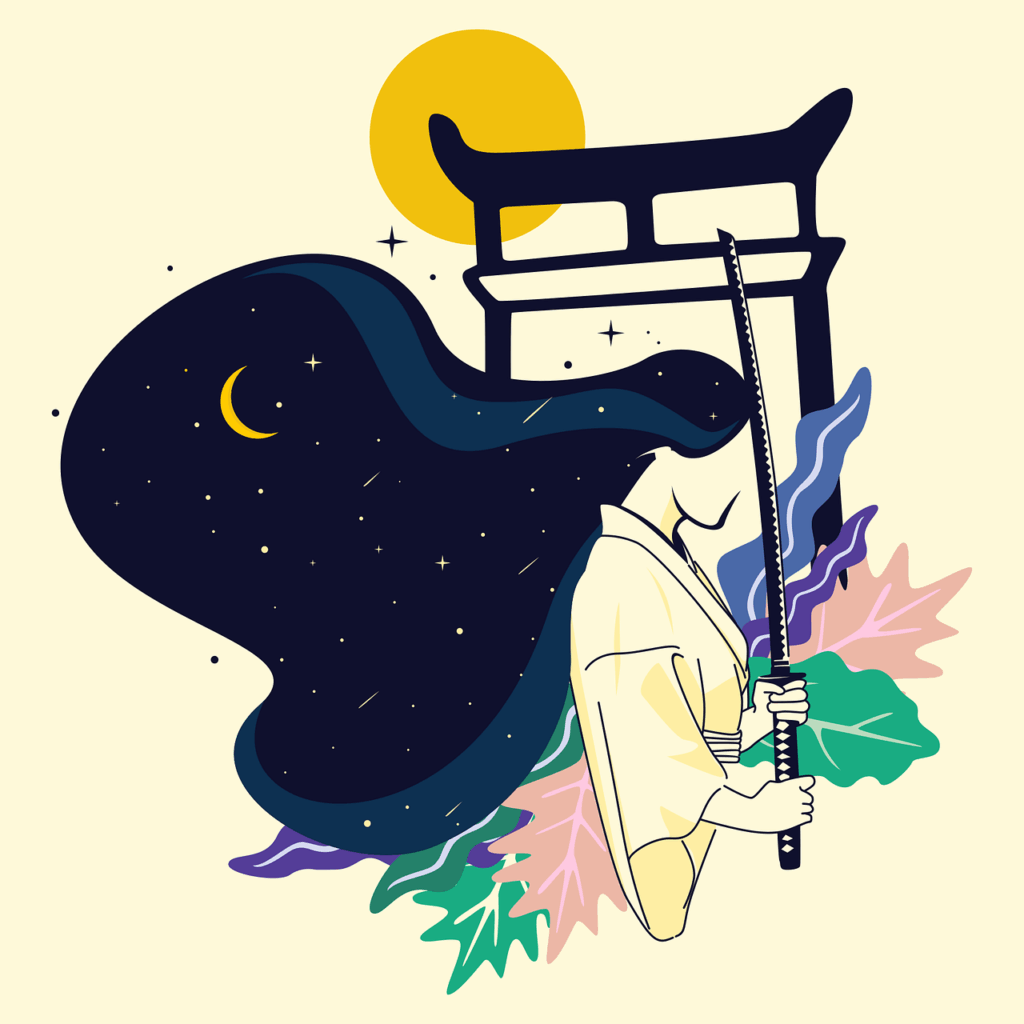
7. **The Xenophobic “Japan Takes Over the World” Mastermind**Okay, so picture this: the ’80s had a serious case of “Japan Takes Over the World” fever, especially bubbling up in all those edgy Cyberpunk flicks. The context explicitly calls this trope “a staple of the decade,” often used to paint a picture of a future where Japanese corporations or influences dominated, sometimes in a pretty menacing way. The economic boom of Japan during that era fueled anxieties in the West, even as “gadgets, cars, anime, video games, AND NINJAS!!!” from Japan were seen as “a gift from the gods.”
But here’s where it gets sticky: these cinematic portrayals often veered into outright xenophobia, using fear of an entire nation instead of actual character flaws. The trope implied a cultural threat, rather than celebrating the innovative contributions Japan was making to technology and entertainment. Modern audiences are super sensitive to xenophobic narratives and would immediately call out any villain who’s essentially a thinly veiled caricature of a whole nationality.
If an ’80s movie dropped a “Japan Takes Over the World” mastermind today, social media would erupt faster than a Tamagotchi craze. We’re talking about a quick trip to the cancelation station for propagating harmful stereotypes and a lack of cultural understanding, completely missing the inclusive and diverse perspectives we strive for now. Today, celebrating diverse cultures and recognizing global interconnectedness is the vibe, and a villain built on such fear-mongering would be swiftly dismissed as tone-deaf and totally uncool.

8. **The Dystopian Oppressor**The ’80s really leaned into the whole “dystopian future” vibe, didn’t it? The context states that “Dark, crime-ridden 20 Minutes into the Future or oppressive alternate universes were big in ’80s films/TV shows.” We’re talking about worlds where society had gone totally off the rails, usually under the iron fist of some shadowy, all-controlling entity or a singular, menacing figure. These villains, while often visually iconic and undeniably intimidating, frequently represented a simplistic fear of centralized power.
Their motivations were often rooted in control for control’s sake, or a twisted vision of order, reflecting Cold War anxieties and growing corporate influence. They were the ultimate “Big Brother” figures, crushing dissent and making sure everyone conformed to their bleak vision. While the fear of oppressive systems is still very real, modern audiences demand more complex narratives, recognizing the subtle ways power operates and the role of systemic inequalities.
Today, a Dystopian Oppressor would face a different kind of scrutiny. They’d be called out for being a one-dimensional caricature, failing to truly grapple with the nuances of power dynamics and human resilience. Audiences today expect a villain to reflect contemporary societal discussions about surveillance, algorithmic control, and the erosion of privacy, rather than just a generic, gloomy totalitarian, making the ’80s version feel a bit… flat.

9. **The Nuclear Doomsayer/Warmonger**Talk about intense! The first half of the ’80s was basically one giant anxiety attack about nuclear war. The context makes it crystal clear: “tensions between the United States and the Soviet Union were at an all-time high, with the fear of nuclear war being on everyone’s minds for the first half of the decade.” This fear gave rise to villains, often high-ranking military officials or rogue scientists, who were either actively trying to trigger global thermonuclear annihilation or manipulate the threat of it for their own gain.
These characters, through their fanaticism or ambition, brought humanity to the brink. This era even saw “Fear for a Third World War and nuclear testing lead to numerous protests and protest singles,” demonstrating the deep public unease. In today’s interconnected and politically sensitive world, a Nuclear Doomsayer or Warmonger would be instantly ‘canceled’ for glorifying or trivializing such an existential threat, as the gravity of nuclear weapons is understood globally.
A villain like this would be condemned for their reckless disregard for human life and the planet, failing to engage with the profound moral and ethical considerations that accompany nuclear power. Audiences would demand a more thoughtful exploration of the consequences, rather than just the thrill of brinkmanship. The simplistic “us vs. them” narrative that often fueled these ’80s villains would be seen as dangerously reductive and out of step with a world striving for diplomatic solutions and de-escalation.
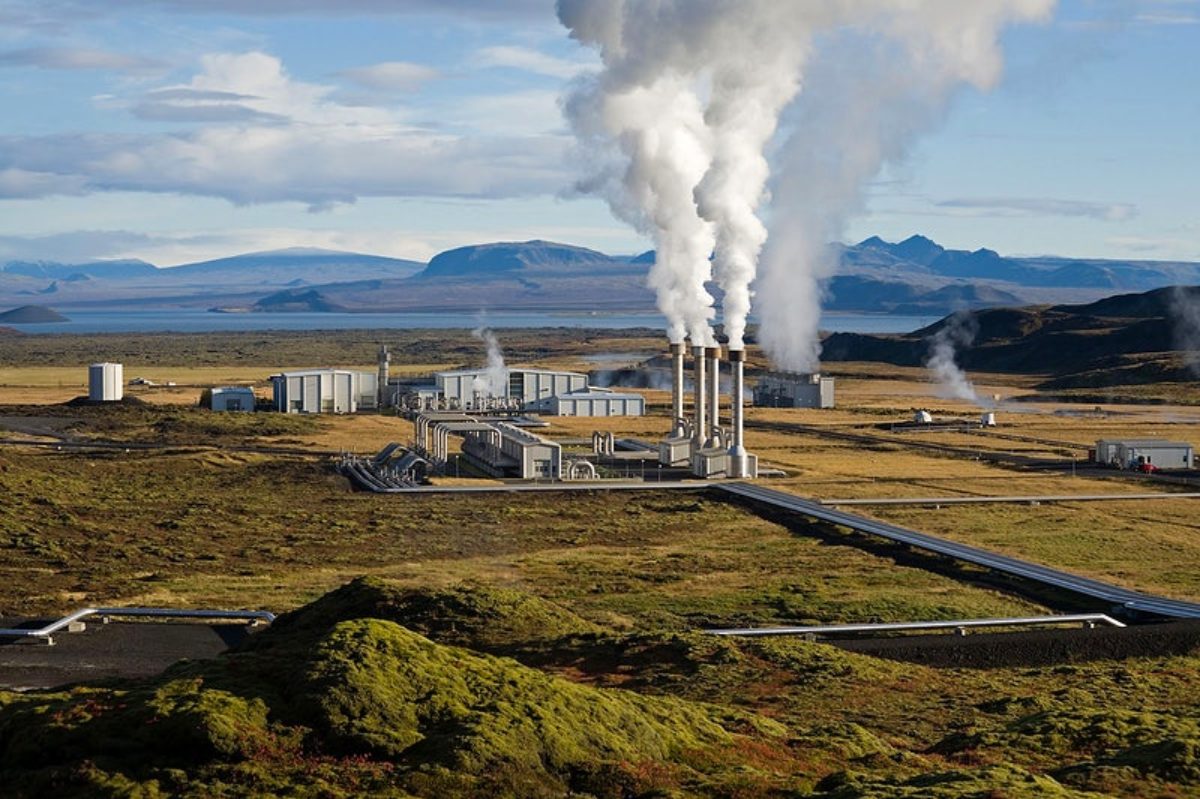
10. **The Blatant Environmental Polluter**Okay, so while the ’80s weren’t exactly a green revolution, there were definitely some seeds of environmental awareness being planted. The context mentions “The Chernobyl disaster (1986) also lead to a universal fear for nuclear power disasters,” and how that “had disastrous effects on the local farming industry.” Plus, the notion that “it was bad to wear fur gained traction in this decade” shows a nascent consciousness about animal welfare and, by extension, environmental impact.
Despite this budding awareness, ’80s movies could still feature villains who were essentially giant walking, talking metaphors for corporate disregard, polluting industries, or characters who simply didn’t care about the impact of their actions on the planet. These villains might have owned factories that spewed toxic waste, all for profit or power. Their environmental insensitivity was often a secondary character trait, not the central focus of their villainy.
Fast forward to today, and any Blatant Environmental Polluter character would be a prime target for instant cancelation. We are living in a climate crisis, folks! Public awareness of environmental issues is at an all-time high, and a villain who actively destroys or pollutes the environment would be met with fierce condemnation. Such a villain would be called out for promoting harmful practices and for failing to acknowledge the very real, devastating consequences of their actions on our shared planet, ensuring they’d be absolutely roasted for being tone-deaf.
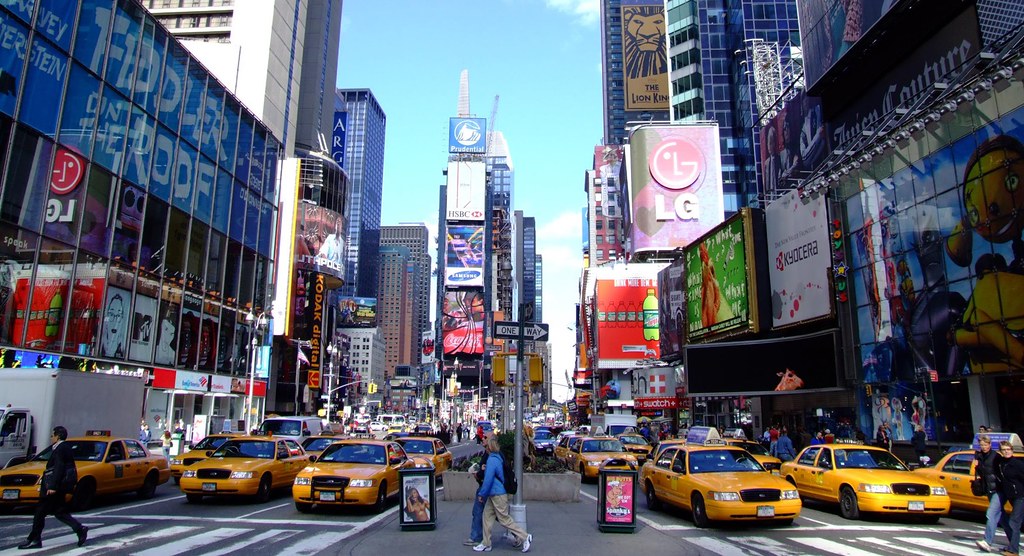
11. **The Glorified Urban Crime Kingpin**The ’80s were wild for urban crime narratives, especially with cities like New York getting a rep as a “crime-ridden Hellhole of apathy and darkness.” The context points out this “enormous crime wave hit America at this time,” making “action movies starring Cowboy Cops” super popular. This often meant we got some truly memorable, charismatic, and sometimes even somewhat glorified urban crime kingpins who ran the streets.
These villains, while undeniably bad, sometimes had an aura of “cool” or an undeniable presence that made them compelling. Their elaborate schemes and control over criminal empires were often portrayed with dramatic flair, fitting the “Darker and Edgier” side of the decade. However, the cinematic focus was often on their power and the thrilling cat-and-mouse game with heroes, rather than the deep, systemic causes and devastating human costs of their actions on communities “decimated” by turf wars.
Today, a “Glorified Urban Crime Kingpin” who lacked nuance would be swiftly canceled. While crime thrillers are still a thing, modern storytelling demands a much deeper engagement with the societal factors that breed crime. Audiences are increasingly aware of socio-economic inequalities and systemic issues. A villain whose power and charisma are celebrated without a critical lens on the real-world suffering they cause would be seen as problematic, perpetuating harmful stereotypes and simplifying deep-seated social problems.

12. **The “Moral Guardian” Enforcer**Remember how the ’80s had a whole vibe of “Moral Guardian complaints” challenging media ethics? The context mentions how these guardians would “rail against any work of media that didn’t meet their rigid standards.” This era saw a significant push for “family-friendliness,” often at the expense of artistic freedom or more nuanced storytelling. Imagine a villain who isn’t some drug lord or corporate shark, but someone who actively embodies and enforces these rigid, conservative moral standards in a truly oppressive way.
This kind of villain would be the one trying to shut down your local arcade or censor music lyrics, all in the name of “protecting” society from perceived moral decay. They might be a zealous community leader or a stern school principal, whose villainy stems from an unwavering belief in their own narrow definition of what’s “right” and “proper.” The context notes that the “prominence of moral guardians during this decade would have considerable ramifications in later decades,” influencing the push for “mature” content.
Today, such a “Moral Guardian” Enforcer would be instantly ‘canceled’ faster than you can say “Just Say No!” Modern audiences are all about free expression, inclusivity, and challenging outdated social norms. A character whose primary motivation is to impose rigid, often puritanical, standards on others would be seen as stifling creativity, promoting intolerance, and embodying the very suppression of diverse voices that we actively fight against now. Their actions, once perhaps seen as a righteous stand, would now be viewed as purely villainous and deeply out of touch.
Phew, what a ride through the ’80s! It’s truly wild to think about how much has changed, both in society and in the stories we tell. Those iconic ’80s movie villains, once the stuff of thrilling nightmares or laugh-out-loud antics, would now be facing a whole new kind of battle: the court of public opinion. From the fear-mongering xenophobes to the subtly sexist plot devices, and the outright environmentally insensitive bad guys, their problematic tropes simply haven’t aged well. It just goes to show that while nostalgia is a powerful drug, our collective consciousness has evolved, demanding more nuanced, responsible, and inclusive storytelling. So, next time you’re binging an ’80s classic, appreciate the wild fashion, the killer soundtracks, and maybe, just maybe, whisper a little “you’re canceled” to the bad guys. It’s a testament to how far we’ve come, and a reminder that while some things are timeless, problematic tropes definitely are not.

